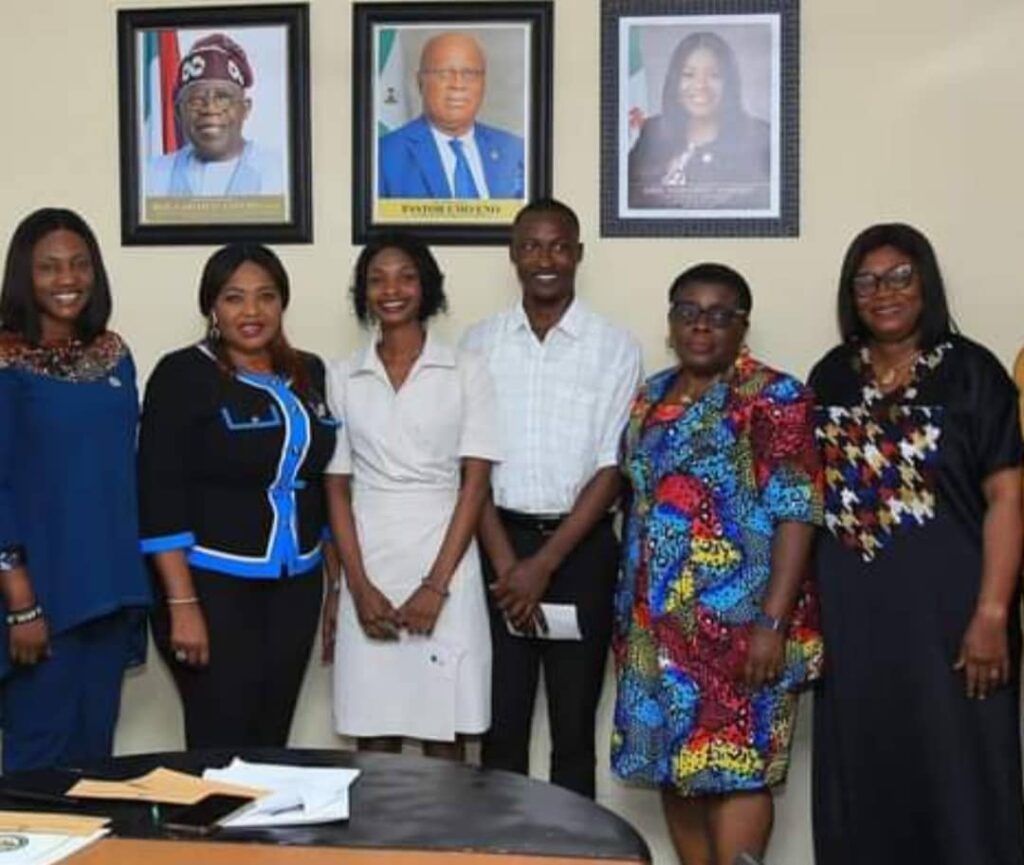
• 60% of Ebola donations still unremitted
• Tri-layered artificial blood vessels created
• Study links healthy diet to lower respiratory ailment risk
FRESH findings have revealed that the key to eternal life could be a procedure to lengthen chromosomes.
Meanwhile, a new study published recently in The BMJ, disclosed that around 60 per cent of Ebola donations were yet to reach affected countries.
In a related development, by combining micro-imprinting and electro-spinning techniques, researchers at Shanghai University’s Rapid Manufacturing Engineering Centre have developed a vascular graft composed of three layers for the first time.
Also, a new research published online in The FASEB Journal, shows that spaceflight may be associated with a process of accelerated aging of the immune system.
In the same vein, researchers in a new study published in The BMJ suggest an unhealthy diet could be a contributing factor for Chronic Obstructive Pulmonary Disease (COPD).
Researchers found participants who followed a healthy diet were a third less likely to develop COPD.
According to the report published in The Independent United Kingdom (U.K), the procedure would allow scientists to lengthen telomeres, the protective caps that are on the end of chromosomes and shorten with age.
The telomeres protect chromosomes from getting damage as cells divide and grow. But as they do, they slowly become shorter and eventually are unable to protect the chromosomes. When that happens, they are liable to deteriorate—thought to be a key part of the ageing process.
The new process allows scientists to lengthen the telomeres, effectively turning back the biological clock and making the chromosomes—and the people that are made out of them—younger.
When the cells have been treated, they behave as if they are younger and multiply quickly rather than stagnating or dying.
Earlier study published in Cell noted that the procedure could eventually be used to treat patients with genetic diseases that lead to the telomere being shortened before it should be, such as Duchenne muscular dystrophy. It could also be used to treat more general symptoms of ageing, like diabetes and heart disease.
The researchers behind the study hope that the procedure will be able to allow scientists to generate large numbers of cells to study or use to develop drugs.
The process has been discovered by Helen Blau of Stanford University, who was senior author in a paper describing the procedure with John Ramunas of Stanford and Eduard Yakubov from the Houston Methodist Research Institute.
Across the world, people have responded to the Ebola epidemic with great generosity, pledging around $2.89 billion in donations as of December 31, 2014. However, a new report has found that only $1.09 billion of this total has reached the countries affected by the outbreak.
The United States (US) has pledged $900 million toward the Ebola outbreak.
The report, published in The BMJ, suggests that the speed in which donations have been received by the affected West African region could have played a part in how the epidemic has progressed.
“These delays in disbursements of funding may have contributed to spread of the virus and could have increased the financial needs,” states study author Karen Grépin.
Grépin, an assistant professor of Global Health Policy at New York University, analysed donations recorded by the UN Office for the Coordination of Humanitarian Affairs (OCHA). She examined specifically at the level and speed at which donations were made, and how these measured up to the consistently changing estimates of funding requirements.
According to the current research described in the journal AIP Advances, from AIP Publishing, this tri-layered composite has allowed researchers to utilise separate materials that respectively possess mechanical strength and promote new cell growth — a significant problem for existing vascular grafts that have only consisted of a single or double layer.
Vascular grafts are surgically attached to an obstructed or otherwise unhealthy blood vessel to permanently redirect blood flow, such as in coronary bypass surgery. Traditional grafts work by repurposing existing vessels from the patient’s own body or from a suitable donor. However, these sources are often insufficient for a patient’s needs because of the limited supply in a patient’s body, and may be afflicted by the same underlying conditions that necessitate the graft in the first place.
Accordingly, there has been a great deal of research towards developing synthetic vessels that can mimic natural ones, allowing new cells to grow around them and then degrade away, thereby creating new vessels.
“The composite vascular grafts could be better candidates for blood vessel repair,” said Yuanyuan Liu, an associate professor at the Rapid Manufacturing Engineering Centre. Liu’s team had previously worked with bone scaffolds, which are used to repair bone defects, before turning their attention to cardiovascular disease, and thus vascular grafts.
Specifically, researchers found that mice in low gravity conditions experience changes in B lymphocyte production in their bone marrow similar to those observed in elderly mice living in Earth conditions.
A researcher involved in the work from the Stress, Immunity and Pathogens Laboratory at Lorraine University in Vandoeuvre-lès-Nancy, France, Jean-Pol Frippiat, said: “This study shows that a model of spaceflight conditions could not only be used to test the efficacy of molecules to improve immune responses following a spaceflight in astronauts, but also in the elderly and bed-ridden populations on Earth.
“This model could also help understanding the aging of the immune system called immunoscenescence.”
Frippiat and colleagues used a ground-based model called hind limb unloading (or HU), that simulates some of the effects of spaceflight on mice. They analysed both bone parameters and the frequency of cells that will give birth to B lymphocytes in the bone marrow of young mice, old mice and mice subjected during three weeks to hind limb unloading. Comparison of these data revealed that bone changes and changes in the production of B lymphocytes in the bone marrow of HU mice were very similar to those observed in old mice.
This study shows that HU could be interesting to improve understanding of the relationship between bone remodeling and B cell production in the bones, both in the context of spaceflight and normal aging on Earth. This model could therefore be used to test and/or develop molecules and compounds to improve immune responses following spaceflight in astronauts or in elderly and bed-ridden populations.
COPD refers to a group of conditions – such as chronic bronchitis and emphysema – that cause airway obstruction and breathing problems.











